Calls for establishment of national productivity committee
 |
By 2025, a number of key drivers are expected to continue to make Vietnam one of the fastest-growing and most sustainable emerging markets.
In addition to traditional growth drivers such as production, export, investment, and consumption, some new trends are set to become new driving forces for Vietnam's economic growth in the medium and long term.
Firstly, the strong development of the digital economy. By completing the legal framework and overcoming the limitations in terms of infrastructure, human resources, innovation ecosystems, and network, information, and data security, Vietnam's digital economy is expected to continue to grow strongly up to 2030.
Secondly, accelerating labour productivity and total factor productivity (TFP) is a driving force for Vietnam's economy to improve over the coming years, with predicted increases of about 4.5-5 per cent over the 2021-2025 period and 6-6.5 per cent from 2026 to 2030. TFP's contribution to GDP growth is forecast to reach about 40-45 per cent by 2025 and 50-55 per cent by 2030.
In addition, the private sector will play an increasingly important role in the economy, supplementing and enriching resources to support state-owned enterprises. However, a breakthrough is needed in terms of mechanisms to facilitate a contribution of about 45 per cent of GDP by 2025 and 50-55 per cent of GDP by 2030.
Furthermore, depending on the scale and quality of the institutional improvement of economic institutions, they could contribute 0.05-0.27 percentage points per year to GDP growth.
Additional practical benefits can also be derived from the green economy and Vietnam's proactive approach to climate change. The national strategy on green growth sets the goal of levelling up the green economy to generate $300 billion in GDP by 2050 (around 10 per cent of the total). Its contribution is set to increase by an average of about 15 per cent per year from 2021 to 2050.
Finally, motivation comes from the determination to improve Vietnam's position in the global value chain. Vietnam's deeper participation globally will enable local businesses to access capital, technology, management skills, new markets, and partners, thereby raising both the competitiveness and value of products, goods, and services.
To promote and exploit new growth drivers for rapid, sustainable, and inclusive development, it is necessary to accelerate the process of building and perfecting institutions for the digital, green, and circular economies, including sandbox policies.
To maximise the gains, there have been calls to establish a national productivity committee, mirroring the most successful models from other countries.
 | Ramp-up required for nation’s recovery programme The slow-paced implementation of the country’s gigantic initiative on socioeconomic recovery and development is affecting efforts to revive corporate performance and promote economic growth. |
 | Setting a strong impression for socioeconomic advances Although the target of 6.5 per cent GDP growth in 2023 is challenging, the disbursement of public investment could still help Vietnam get as close to that goal as possible. Deputy Minister of Planning and Investment Tran Quoc Phuong explained to VIR’s Nguyen Huong how the gradual improvement of disbursement will be a strong premise for economic growth for the rest of the year and into 2024. |
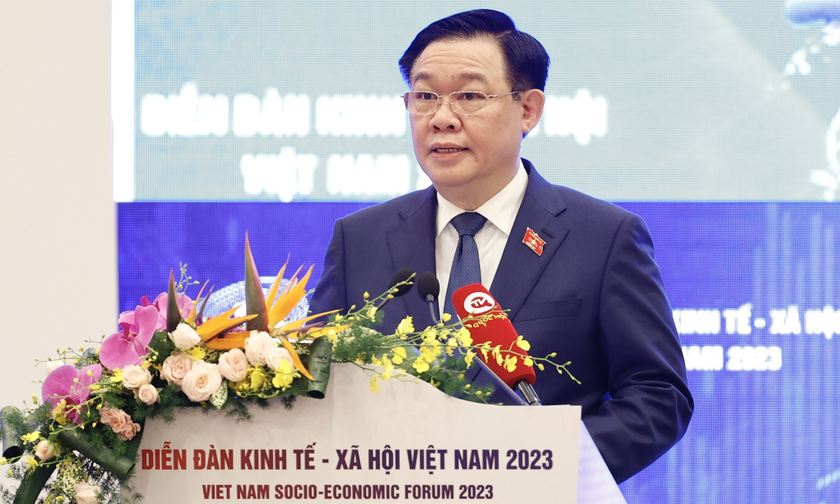 | Vietnam Socioeconomic Forum 2023 seeks solutions Vietnam has maintained its growth despite the recent headwinds, however, at the Vietnam Socioeconomic Forum (VSEF) 2023 on September 19, the National Assembly chairman emphasised that the country is struggling with many challenges. |
What the stars mean:
★ Poor ★ ★ Promising ★★★ Good ★★★★ Very good ★★★★★ Exceptional
Related Contents
Latest News
More News
- SABECO to elevate Vietnam's beverage industry to global standards (November 21, 2024 | 17:36)
- ABeam Consulting Vietnam introduces BSQCD Purchasing Strategy Framework (November 21, 2024 | 16:40)
- Major railway requires debt considerations (November 21, 2024 | 12:07)
- Reviving a new life cycle for plastic waste (November 21, 2024 | 09:16)
- Key balances maintained for industrial production (November 21, 2024 | 08:00)
- Ecolean Vietnam honoured with prestigious sustainability award (November 19, 2024 | 10:01)
- HEINEKEN Vietnam’s clear path towards net-zero (November 18, 2024 | 15:13)
- VLCA 2024 honours corporate governance excellence as listed companies raise the bar (November 18, 2024 | 09:00)
- High-tech personnel to drive competition (November 17, 2024 | 09:21)
- Rising use of Generative AI Apps boosts consumer interest in differentiated connectivity (November 16, 2024 | 09:41)




 Tag:
Tag:
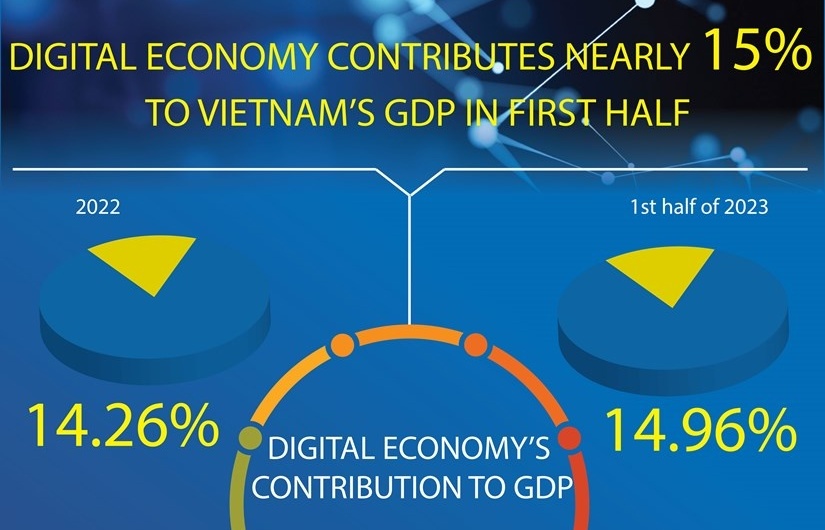

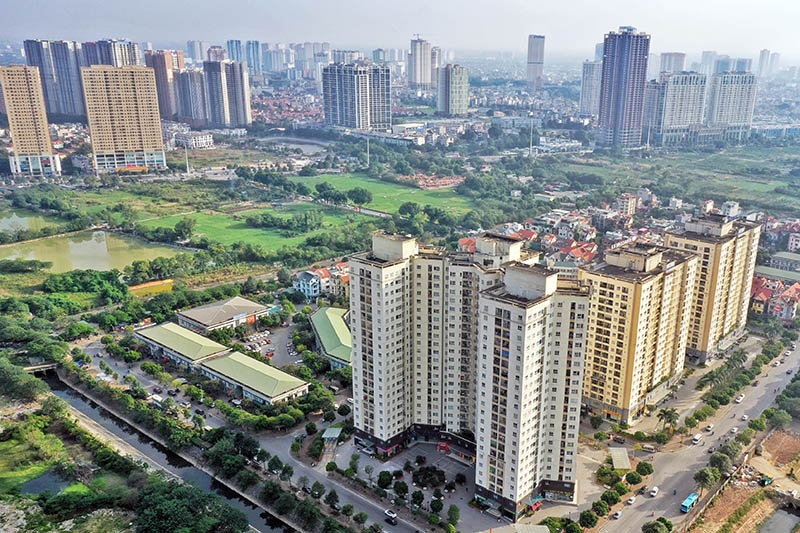

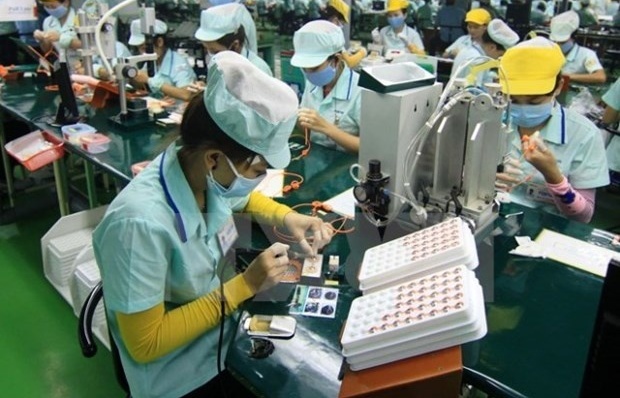

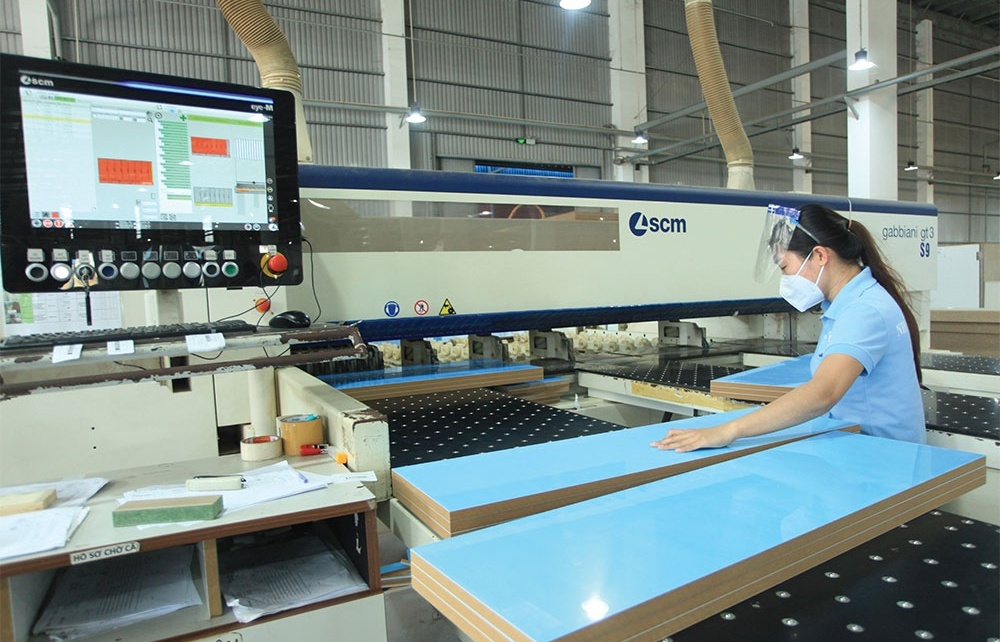

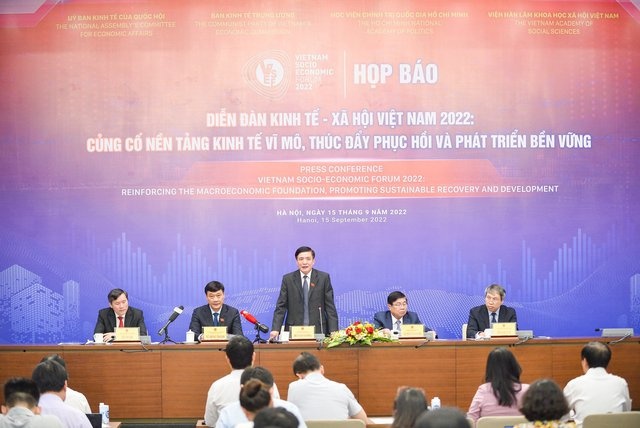
















 Mobile Version
Mobile Version